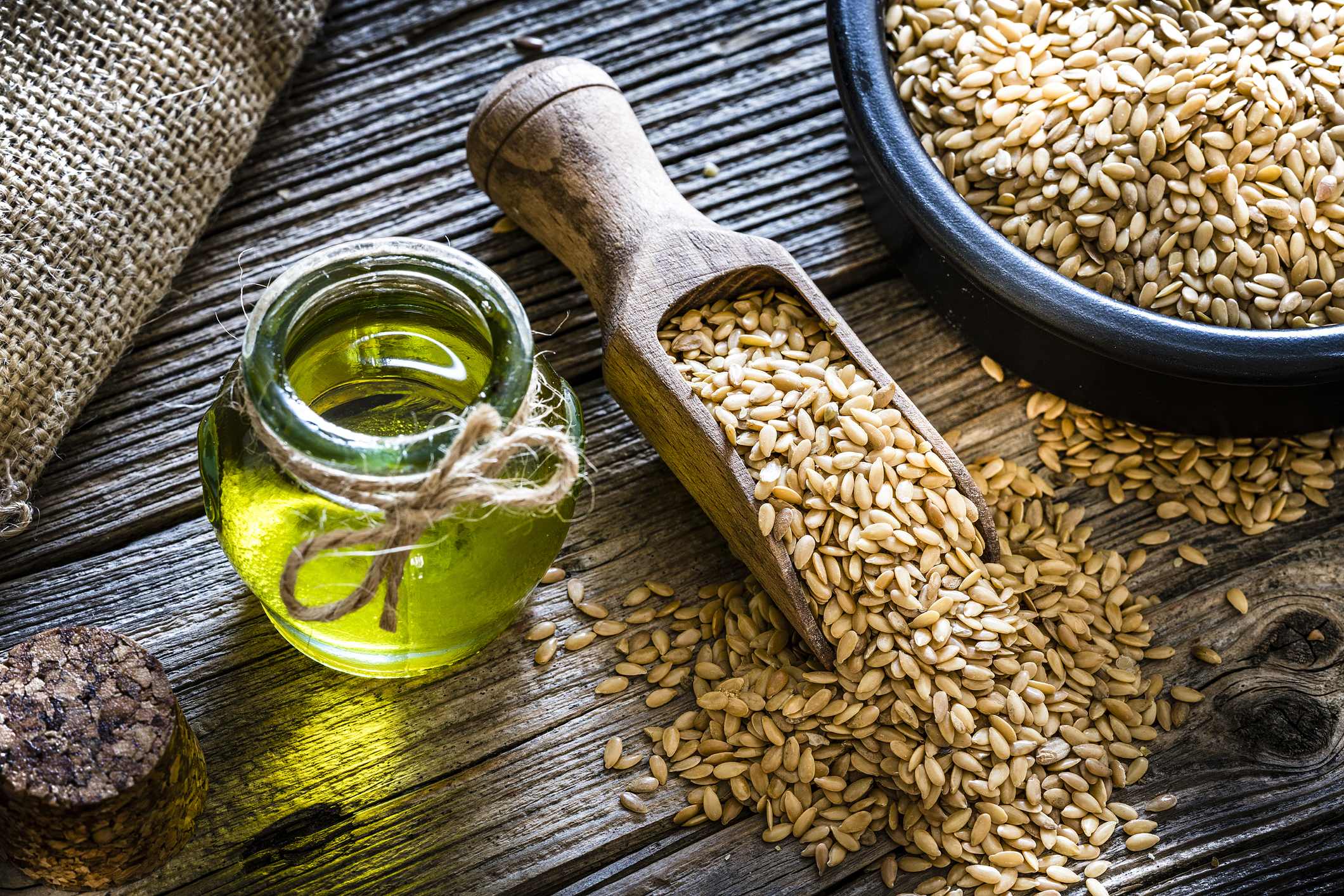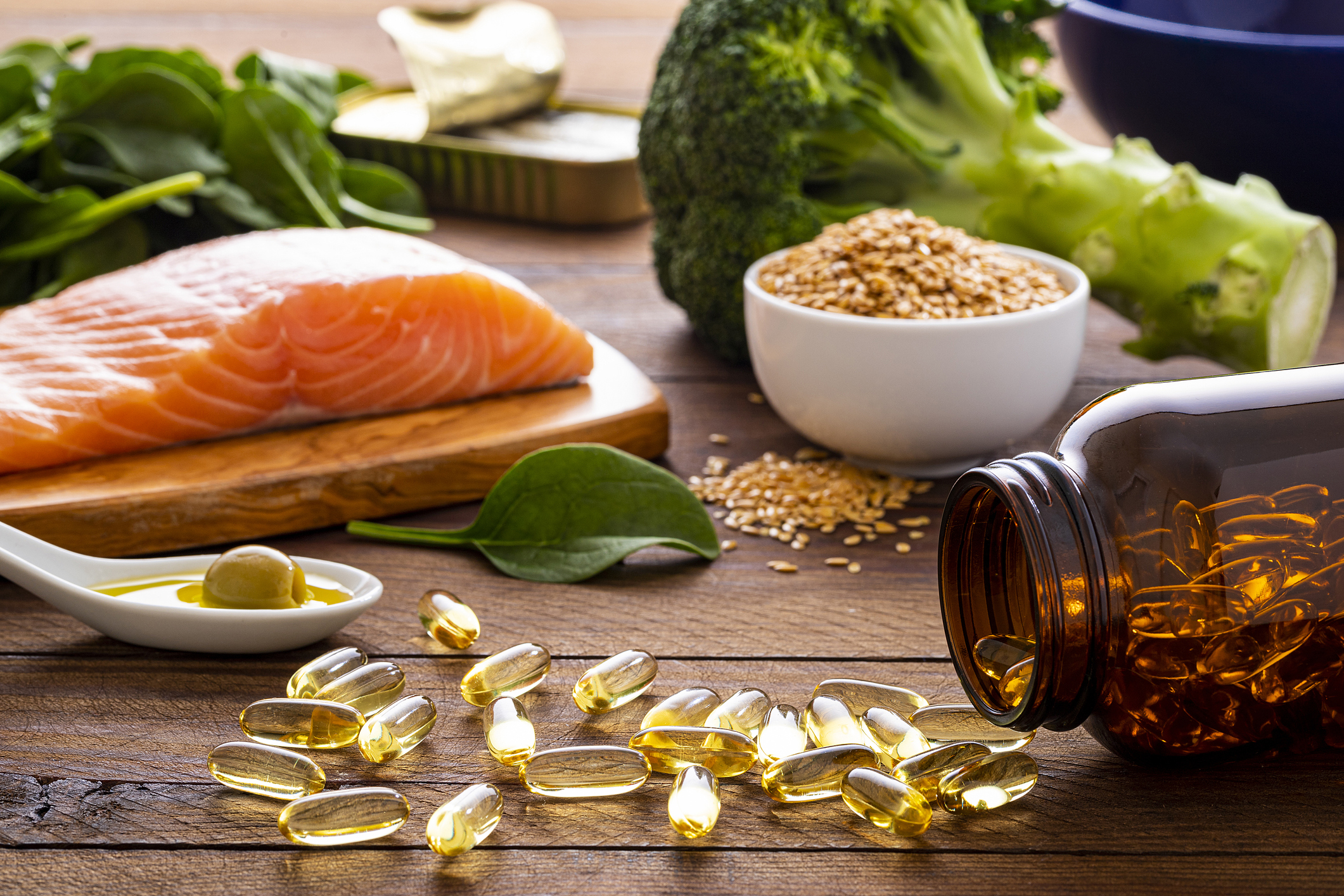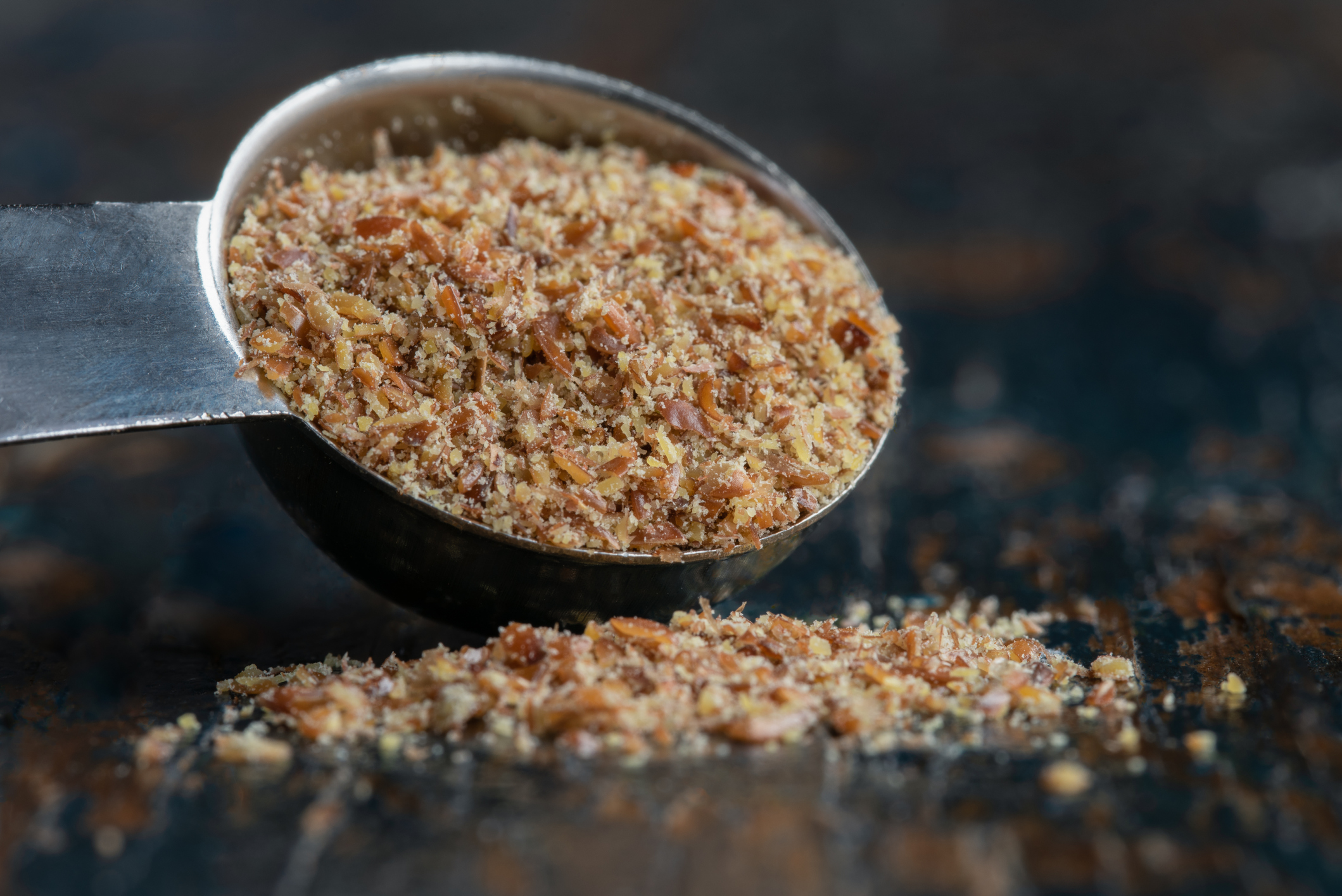Meanwhile, it is presented as a treatment for everything from high cholesterol to dry eyes, it may seem like a kind of hipster re -branding of linen snake oil. If he does so much, how? pumpkin spices?
Let's take a look at whether there is a placebo dressed like a miracle seed by explaining what linens are, what it is done and how you can include it in your diet.
What is flax seed?

Linen is a blue flowering plant grown in the northern climates, such as the meadows of North USA and Western Canada. It is what makes the seeds interesting, because consuming processed flax seeds can provide various benefits to your health. For this reason, you will see “linen”, “flax seed” or “flaxseed ıy used in products and packaging.
Linen was first introduced to the US by early colonists and was first used to produce fiber for clothing. As the industry grows, flaxseed oil, also known as flaxseed oil, became an important component in paint and was used to feed animals at dinner. By the 1940s, cotton linen took its place as a fiber commonly used in the US, and the popularity of the flax began to decrease as a commercially grown product.
Usually there are two types: gold flax seeds and brown flax seeds. Although some suppliers go to one another (based on allegations of food or taste), they actually work to be almost the same at most levels.
Flax Seed Nutrition
A tablespoon Grinded flax seed provides the following nutrients:
- 37 calories
- 1.3 g protein
- 3 g oil
- 2 g carbohydrate
- 2 g fiber
- 18 mg calcium
- 27 mg magnesium
- 57 mg potassium
- 0.4 mg iron
Flax seed advantages

Before sprinkling flax seeds around your bed, hoping to wake up 20 years old like Tom Hanks BigLet's take a look at the real measurable benefits obtained from it.
1. HEART-HAVE
Flax seed, similar walnut And Chia seedsuploaded Omega-3 oils. While not containing flax seeds EPA and DHA Omega-3s offer a version of Omega-3 in fish oil alpha-linolenic acid (SUPERB).
Ala a multiple unsaturated fatty acid Probably found Reduce the risk of heart disease By positively affecting blood pressure, cholesterolarrhythmias (irregular heartbeat) and arterial plaque accumulation.
2. High in terms of fiber
Eating Two tablespoons Linseed per day, 20 to 25 percent Recommended Daily Purchase Fiber and flax seeds are also low in other carbohydrates. High levels muclage -A substance that forms a gel moving from the gastrointestinal tract (in flaxseed) Slow down the passage of food Increases food absorption from the stomach to the small intestine. This can also prolong the full fullness for those who want to lose weight.
3. anti-inflammatory
Studies, omega-3 fatty acids in linen seed decreases inflammation in biobelirts. Inflammation, dry eyes with Inflammatory bowel disease with neurological disordersOmega-3s in flax seeds can be valuable in a number of applications.
How to eat flax seeds

The most important thing you need to know is to get maximum benefit from linen, Must be the ground; The net-impervlious outer part of the seed means that the entire flax can pass through the undigested gastrointestinal tract.
Therefore, consider buying linen or ground linen (or grinding your own raw flax seed), which can be mixed with hot or cold grains, adds to mustard or mayonnaise for sandwiches or left to flour mixtures for cakes or breads.
It is versatile and neither gold nor brown varieties do not have a strong taste, so they can mix with both sweet and salty, and you hardly know that they are there. Don't forget to cool or freeze the ground flax seeds to prevent just to prevent it oxidation.
The main difference lies between linen food and linen oil. The two actually offer slightly different benefits: for example oil, Higher Omega-3 fatty acids The floor is more linen, but ground linen A better mineral source like magnesium oil.



